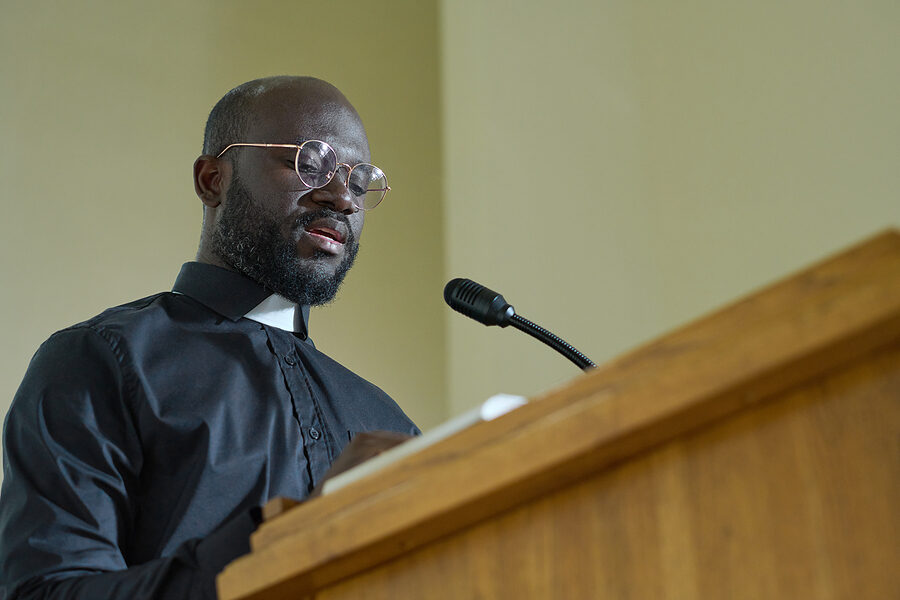
3 Strategies for Practicing Generational Intelligence
Generational intelligence is a vital skill for church leaders. Generational intelligence is the ability to connect with each generation in a way that honors their unique experiences and perspectives while maintaining a unified mission and identity. When you practice generational intelligence, you effectively bridge the generational gap within a church. You also expand your capacity to lead a multi-generational congregation. In this blog I will explain 3 strategies for practicing generational intelligence.
Before I delve into these practical strategies for meeting the diverse needs and experiences of different generations within a congregation, let me dispel a myth. We like to say that “children are the future of the church”. This is a myth on two levels. One, children or lack thereof are part of the present reality of the church. Two, if adults are not present to provide children support and guidance, then the church will not survive. That’s why understanding how to effectively lead a multi-generational congregation is vital to a growing church.
Understanding Generational Differences
The first step to practicing generational intelligence is to understand subtle generational differences. Unique historical events and cultural shifts shape each generation. Let’s take a look at a few examples:
The Greatest Generation, born before 1928, endured the Great Depression and World War II which instilled values of resilience and patriotism.
Baby Boomers, born from 1946 to 1964, lived through the Kennedy assassination, the Vietnam War, and cultural movements like Civil Rights, Gay Pride, and the Jesus revolution. They now face the challenge of balancing current needs with saving for the future.
Generation Y, or Millennials, born between 1981 and 1996, grew up with happily ever-after Disney movies while experiencing the impacts of 9/11, the invasion of Iraq, and the Great Recession. Social networking became a defining aspect of their lives.
Both Gen Z (born from 1997 to 2012) and Generation Alpha (born from 2010 to the present) encounter distinct challenges. They have come of age in the aftermath of events like 9/11, grappling with natural disasters and constant connection to the digital world. Their lives have been shaped by witnessing the global impact of the COVID-19 pandemic and the rise of social justice movements such as Black Lives Matter and March for Our Lives. Their worldview is influenced by extreme weather events, enforced isolation, and an uncertain future. Growing up in socially and politically divided environments, both generations are not inherently learning the value of compromise and cooperation.
By understanding the experiences and influences that shape each generation, you can better minister to the needs of different age groups.
3 Strategies for Generational Intelligence
To effectively lead a multi-generational congregation, church leaders must practice these 3 strategies for generational intelligence.
1) Embrace Diversity – Cultivate a church environment that embraces and celebrates a diverse range of opinions, experiences, and backgrounds. That means you’ll need to foster open dialogue, get to know the personal narratives of members, and acknowlede their distinctive contributions. This will go a long way toward valuing the different perspectives of each generation.
2) Seek Out Wisdom – Recognize the wisdom and knowledge that comes with diverse experiences. Seek input from individuals of different generations and actively listen to their perspectives to gain insight into how best to lead a diverse congregation.
3) Foster Intergenerational Relationships – Don’t just work with people similar to you in age. Connect with individuals of all ages and look for ways to build bridges between generations. This could include developing volunteer opportunities that span a range of ages or creating church activities that cater to both young and old alike. Older congregants can connect emotionally to youth by helping teach practical application activities like gardening and social belonging through civic involvement. Young adults can help less tech-savy elders by teaching them how to text, take videos, create avatars, and use new apps.
Applying Generational Intelligence
As you prioritize diverse generational perspectives, you are in a better position to reflect on your ministry. To meet the distinct needs of each generation, ask yourself the following questions:
How do the concerns of different generations impact a congregation and shape its culture?
How might each generation perceive God, church, and discipleship?
What perspectives can each generation contribute to the church?
Based on your answers, you now have insight into your next steps.
Next Steps
Leading across generations is a challenging but rewarding endeavor. Understanding the perspectives of others can shed light on not just our differences, but our similarities. This crucial realization can open the eyes of all generations and ease your path to successfully leading a flourishing and healthy congregation.
If you’re seeking more strategies for practicing generational intelligence, let me invite you to my upcoming seminar – How Christian Ministries are Achieving Success: An Introduction to Creating a Culture of Renewal®. This seminar is a golden opportunity to delve deeper into the dynamics of thriving congregations and learn practical tools for fostering a culture of renewal within your ministry.
I look forward to seeing you there.
Copyright © 2023 rebekahsimonpeter.com. All Rights Reserved.





